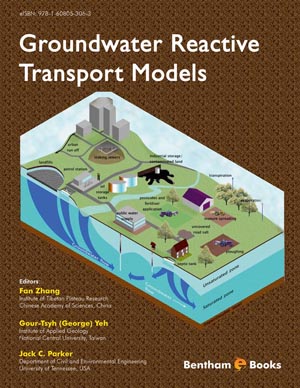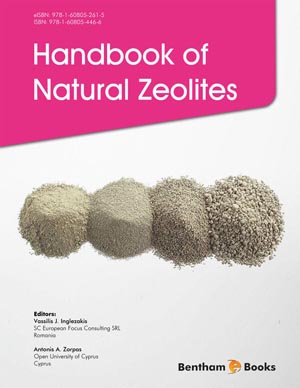Abstract
Few Late Pleistocene Ice Age spotted hyena Crocuta crocuta spelaea (Goldfuss, 1823) bones (18% of NISP) of possibly a single subadult individual from the Hermann’s Cave, Harz Mountain Range, Northern Germany indicates a very sporadic short term use possibly as a natal/birth den. Few (2% of NISP) mammoth Mammuthus primigenius and woolly rhinoceros Coelodonta antiquitatis (7% of NISP) guilt seem to have been imported and chew damaged by hyenas. The large amount (43% of NISP) of Ice Age wolf Canis lupus spelaeus (Goldfuss, 1823) remains suggest the identification of a wolf den (natal den) in the anterior cave area, in which individual population had at least one elderly male, one female and one subadult (based on the femorae and cranial remains). The guilt of wolf activities is the holarctic reindeer Rangifer tarandus (23% of NISP), but also alpine chamios Rupicapra rupicapra (5% of NISP). The same former entrance area was used possibly as very short-time hyen natal den. Other Late Pleistocene Ice Age spotted hyena and wolf dens are located within a 50 km radius mainly north of the Harz Mountain Range. All those dens are situated along rivers (several in gypsum karst doline areas or on river terraces). Those valleys/terraces must have been used by reindeers and other megafauna for seasonal summer migrations along the streams into the Harz Mountains. As known for several other European caves, both large predators and scavengers are responsible for most of the cave bear carcass dismembering and bone damages. This is found especially true for most of the cave bear cub bones, whereas only hyenas left typical non-cracked and by the premolar crushing teeth oval-hole punctured cave bear cub femorae (= pseudobone flutes), which seem to have dwelt regularly the Hermann’s Cave for cave bear carcass feeding.
Keywords: Late Pleistocene, Hyena Crocuta crocuta spelaea, Wolf Canis lupus spelaeus den, Guilt, Specialized cave bear feeding in mountain regions of Europe.












